Chapter 19
Non-nutritive sucking and parafunctional habits
Jane A. Soxman
Prolonged pacifier and finger/thumb sucking have detrimental effects on both dentoalveolar and facial development. Protracted pacifier habits most often result in anterior open bite and bilateral Class II malocclusion, while protracted thumb and finger habits result in anterior open bite (Warren et al., 2005). Frequency, intensity, and duration of the forces are considerations. Duration is considered to be most influential in the development of increased overjet, anterior open bite, and posterior crossbite. The use of pacifiers beyond the second or third year of life may result in a malocclusion that requires future orthodontic intervention. Thumb or finger sucking should be discontinued at the time of the eruption of the maxillary permanent incisors. Timely discontinuation or modification of non-nutritive sucking may prevent or significantly reduce malocclusion (American Academy of Pediatric Dentistry, 2014; Warren et al., 2001; Warren et al., 2005).
Pacifier habits
Parents/guardians are often unaware of the dramatic effects of prolonged pacifier use in the primary dentition (Figure 19.1). Both conventional and physiologic pacifiers have been shown to cause alterations in the dental arches and occlusion (Zardetto et al., 2002). A typodont of the primary dentition is helpful to demonstrate normal occlusion (Figure 19.2). Two-year-old children may sit on the parent/guardian’s lap for examination. The examiner offers a large mirror to the parent/guardian, places the child’s teeth in centric occlusion, and retracts the lips to reveal the open bite and posterior crossbite (Figure 19.3). This visualization is typically astonishing to the parent/guardian and all that is necessary for immediate cessation of the habit.
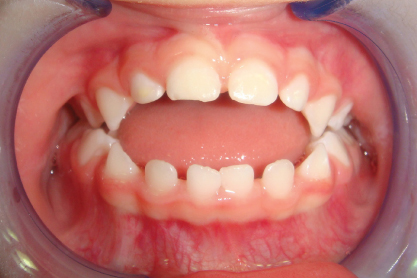
Figure 19.1 Anterior open bite with palatal constriction.
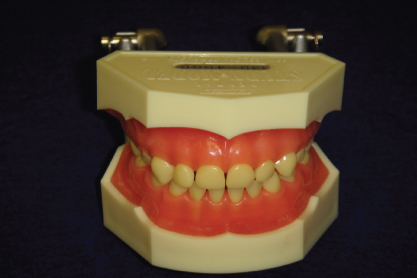
Figure 19.2 Typodont primary dentition Kilgore International.
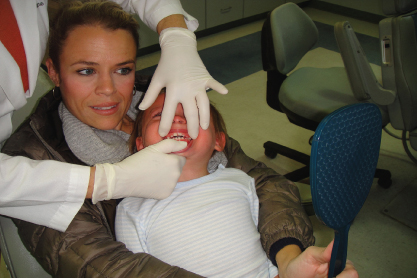
Figure 19.3 Showing occlusion to parent/guardian with hand mirror.
Piercing or trimming the pacifier nipple shorter, dipping the nipple in white vinegar or immediate cessation, “cold turkey” may be recommended. A sippy cup containing water may be offered as an alternative. Rocking, singing, or reading to the child at bedtime may be suggested as a substitute for the pacifier (Adair, 2003). Cessation of a pacifier habit at the age of 2 years satisfies the early physical and psychological and needs for sucking while minimizing the risk for malocclusion (Warren et al., 2001). Resolution of malocclusion may spontaneously occur in 6 months to 1 year with discontinuation of the pacifier under age 3 years. (Figure 19.4a and 19.4b) (Soxman, 2007). In the presence of accompanying crossbite, the open bite may resolve, but existing palatal constriction may or may not resolve without future palatal expansion (Figure 19.4c and 19.4d).
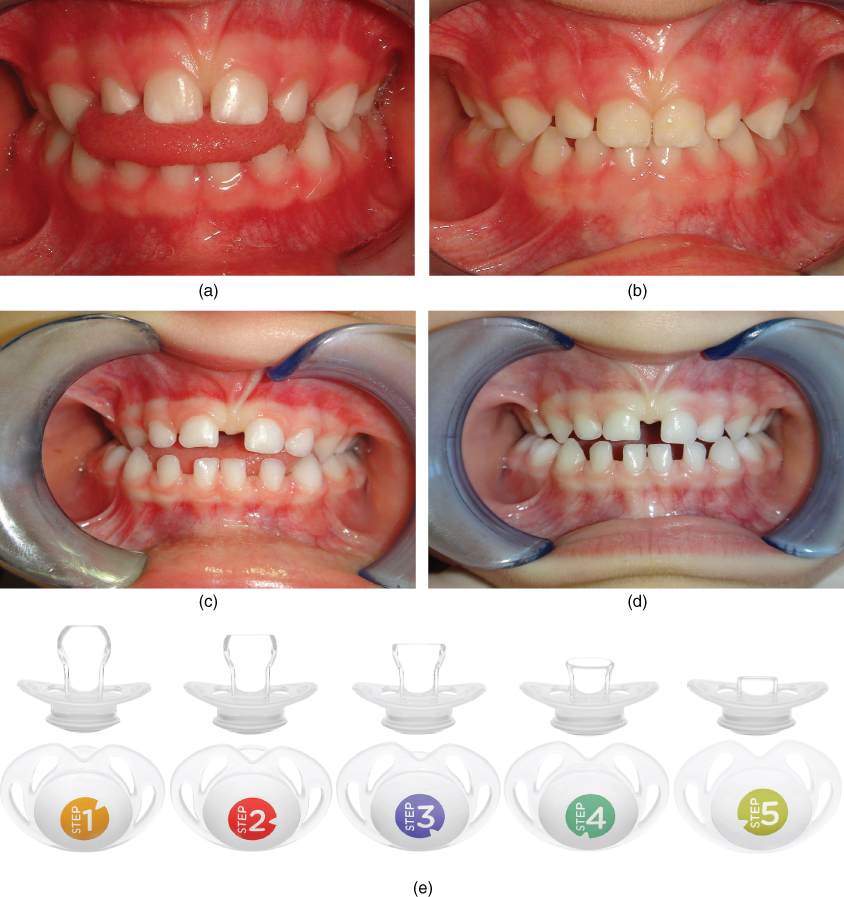
Figure 19.4 (a) Occlusion age 2 years 10 months during pacifier use. (b) Occlusion 6 months after cessation of pacifier habit. (c) Occlusion age 3 years 2 months during pacifier use. (d) Occlusion 6 months after cessation of pacifier habit with some residual palatal constriction. (e) Lily™ Pacifier Weaning System (Lily Child Development).
The Lily™ Pacifier Weaning System is proven to stop the pacifier habit in as few as 5 days. This patented system, which has passed all federal safety regulations, has five different nipples, with each nipple smaller and less satisfying than its predecessor (Figure 19.4e).
The mid palatal suture has not yet fused in a young child. The pressure exerted by the buccinator muscles on the maxillary primary molars during sucking causes palatal constriction. With the reduction in the width of the maxilla, the maxillary primary canines prematurely occlude with the mandibular canines, resulting in a functional crossbite (Figure 19.5a and 19.5b). The need for future crossbite correction with continuation of the habit is discussed, along with the need for immediate habit cessation (Soxman, 2007). The canine interference can be painlessly corrected with a cooperative child. A coarse diamond bur is used for incisal reduction of the right and left maxillary and mandibular primary canines, removing the incisal contacts and interference. No local anesthesia is necessary, as only enameloplasty is being performed (Figure 19.5c and 19.5d). Once the incisal edges are removed, centric occlusion can be achieved along with improved muscle balance and unrestricted growth (Figure 19.5e).
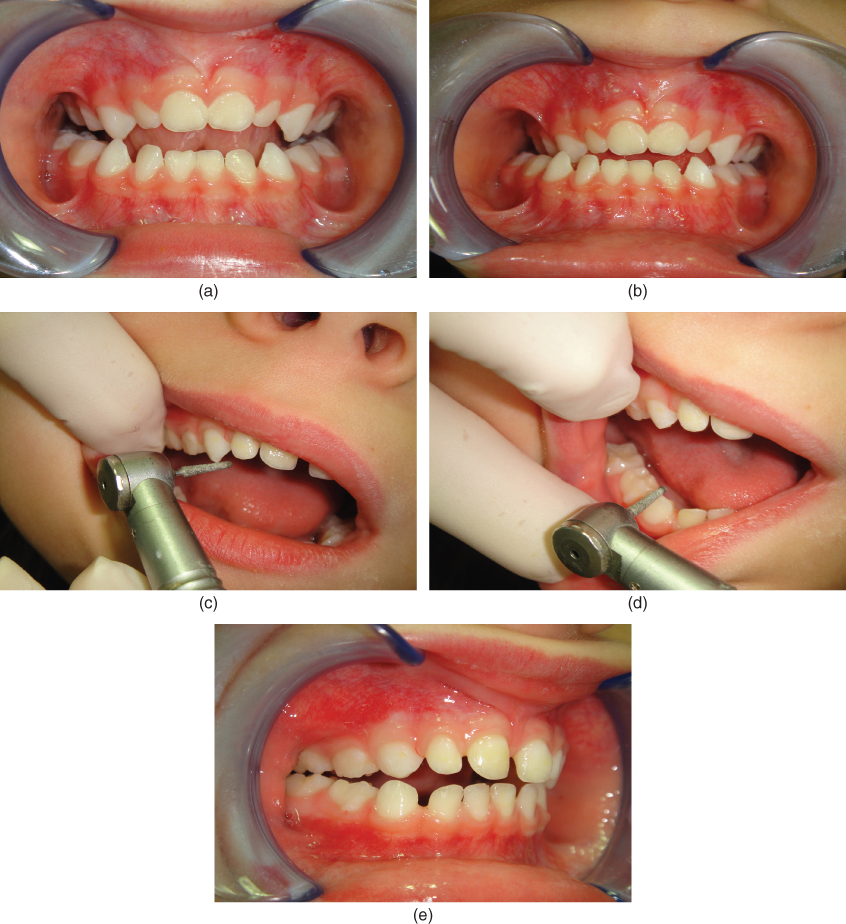
Figure 19.5 (a) Canine interference due to palatal constriction. (b) Functional crossbite due to canine interference. (c) Maxillary primary canine reduction with coarse diamond bur. (d) Mandibular primary canine reduction with coarse diamond bur. (e) Post primary canine reduction.
Finger/thumb sucking
Habit therapy with an appliance to reduce overjet and open bite should be instituted when the maxillary permanent incisors erupt (Fricker et al., 2008). Significant overjet is associated with maxillary incisor fracture (Schatz et al., 2013). With accompanying incompetent lip posture, the incidence of incisor fracture is compounded (Bauss et al., 2008). First-phase orthodontic treatment may be performed after eruption of the permanent maxillary central and lateral incisors.
Taste aversion with hot-tasting or bitter-flavored preparations applied to the thumb or fingers may stop the habit (Fricker et al., 2008). For children older than 3 years, Mavala Stop (www.mavala.com
Stay updated, free dental videos. Join our Telegram channel

VIDEdental - Online dental courses


